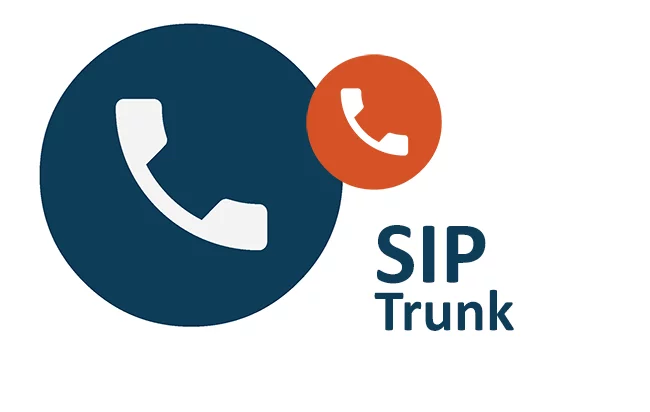
Customizing Communication Platforms to Fit Your Company Needs
In today’s fast-paced business environment, effective communication is essential for success. As companies grow and evolve, their communication needs also change. This is where company communication platforms come into play. These platforms provide the tools necessary for seamless interactions, collaboration, and information sharing among employees. However, to maximize their potential, it’s crucial to customize these platforms to fit your unique business needs. This article explores the importance of customization, the key features to consider, and steps to tailor communication platforms effectively.
Understanding Company Communication Platforms
Company communication platforms are integrated tools designed to facilitate communication within an organization. They typically include features such as instant messaging, video conferencing, file sharing, and project management tools. By centralizing communication, these platforms help eliminate silos, enhance collaboration, and improve overall productivity.
Benefits of Customizing Communication Platforms
- Tailored User Experience: Customization allows you to create a user experience that aligns with your company’s culture and workflow. This can lead to higher employee satisfaction and engagement.
- Enhanced Efficiency: By configuring the platform to meet specific needs, employees can find relevant tools and features quickly, reducing downtime and increasing productivity.
- Improved Collaboration: Customized communication platforms can enhance collaboration among team members by integrating tools that support their unique workflows and projects.
- Scalability: As your business grows, your communication needs will evolve. Customizing your platform ensures it can scale effectively to accommodate additional users and features.
- Better Integration with Existing Tools: Customization allows you to ensure that the communication platform integrates seamlessly with other software applications your company uses, such as customer relationship management (CRM) systems or project management tools.
Key Features to Consider When Customizing
1. User Interface (UI) and User Experience (UX)
The first step in customizing a company communication platform is to focus on the user interface and experience. A user-friendly design encourages adoption and ensures that employees can navigate the platform easily. Consider the following aspects:
- Custom Branding: Incorporate your company’s branding elements, such as logos and colors, to create a familiar environment for employees.
- Intuitive Navigation: Organize features logically, allowing users to find what they need quickly. Consider using a dashboard that highlights key tools and functionalities.
2. Communication Tools
Different teams have different communication needs. Customizing the tools available on the platform can enhance collaboration:
- Instant Messaging: Provide options for one-on-one and group messaging to facilitate quick discussions.
- Video Conferencing: Ensure that high-quality video conferencing options are available for remote meetings, including screen sharing and recording features.
- File Sharing: Implement secure file-sharing capabilities that allow team members to share documents easily while maintaining version control.
3. Project Management Features
Integrating project management tools into your communication platform can streamline workflows and enhance collaboration:
- Task Management: Include features that allow team members to assign tasks, set deadlines, and track progress.
- Shared Calendars: Implement shared calendars that help teams coordinate schedules and plan meetings efficiently.
- Document Collaboration: Enable real-time document editing and commenting to facilitate collaboration on projects.
4. Integration Capabilities
Customizing your company communication platform to integrate with existing tools is vital. Consider the following integrations:
- CRM Systems: Integrating with a CRM system allows your team to access customer data during communications, enhancing customer service and support.
- Email Services: Ensure compatibility with popular email services to centralize communication channels.
- Collaboration Tools: Integrate with other collaboration tools, such as Trello or Slack, to enhance productivity and streamline workflows.
5. Security Features
As businesses increasingly rely on digital communication, ensuring data security is paramount. Customize your platform to include robust security measures:
- User Authentication: Implement multi-factor authentication to protect sensitive information.
- Data Encryption: Ensure that all communications and file transfers are encrypted to prevent unauthorized access.
- Access Controls: Set permissions and access levels based on roles to safeguard confidential information.
Steps to Customize Your Company Communication Platform
1. Assess Your Company’s Needs
Before customizing a communication platform, conduct a thorough assessment of your company’s communication needs. Involve employees from different departments to gather insights on their pain points, preferences, and desired features. This assessment will help you identify which tools and functionalities are essential for your organization.
2. Choose the Right Platform
Select a company communication platform that offers the flexibility and features necessary for customization. Look for platforms that provide APIs and support for third-party integrations, ensuring you can tailor the platform to your specific requirements.
3. Involve Stakeholders
Engage key stakeholders in the customization process. This includes team leaders, IT staff, and end users. Their input will provide valuable insights and help ensure that the customized platform meets the needs of all users.
4. Implement Gradually
Roll out the customized platform gradually, allowing users to adapt to the new features and functionalities. Provide training sessions to familiarize employees with the customized tools and encourage feedback during the implementation phase.
5. Monitor and Iterate
After the customization is complete, continuously monitor the platform’s performance and gather user feedback. Use analytics tools to track usage patterns and identify areas for improvement. Regularly update and iterate on the platform based on feedback to ensure it remains aligned with your company’s evolving needs.
Conclusion
Customizing company communication platforms is essential for enhancing collaboration, improving efficiency, and ensuring that your business remains agile in a rapidly changing environment. By tailoring communication tools to fit your unique company needs, you can create a more engaging and productive workplace. As your organization grows, investing in a customizable communication platform will not only streamline operations but also help you maintain a competitive edge in the market.





